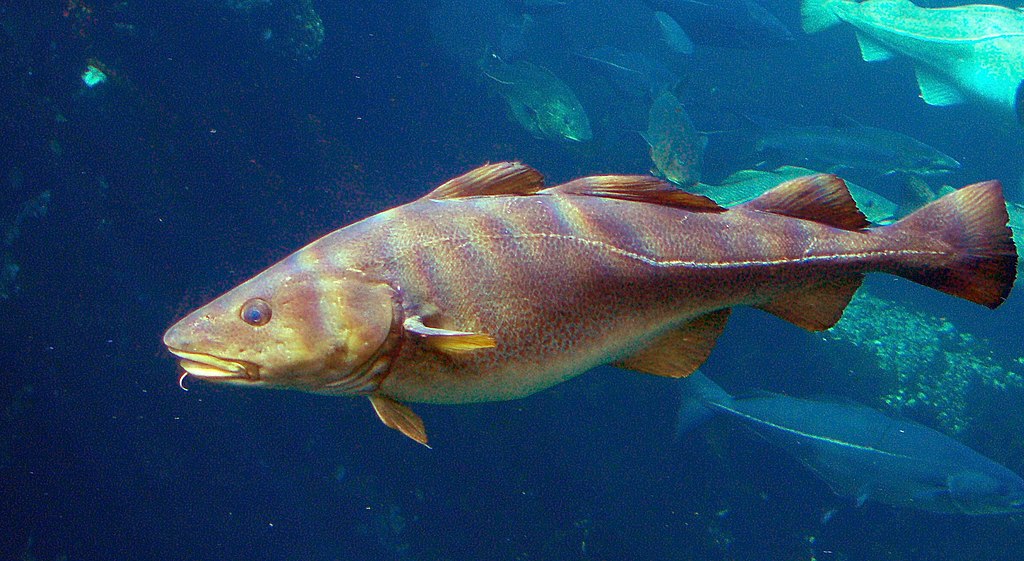Cod

Cod is a Green food. Green foods are safe to eat as a regular part of a diet.
Category Quotes
Guideline related quotes related to Fish-Finfish and Green throughout Geoff Bond's publications.
Examples of one serving include 3 oz (size of a deck of cards) cooked meat or poultry; 3 oz grilled fish; 1 egg. ~Paleo in a Nutshell p.95
For the meat, poultry, eggs, and fish group, Preferably consume two servings a day of “Green-Green” foods. If unavailable, you can consume two servings a day of “Green” foods. ~Paleo in a Nutshell p.102
For the meat, poultry, eggs, and fish group Restrict total food group servings per session to one. ~Paleo in a Nutshell p.102
For the meat, poultry, eggs, and fish group, Restrict total food group servings per day to two. ~Paleo in a Nutshell p.102
Additional Quotes
Specific references to Cod throughout Geoff Bond's publications.
It was not until the 1960s that fish farming or "aquaculture" came of age. Since then, salmon, trout, catfish, and tilapia have been farmed on an industrial scale. They have almost completely displaced their wild counterparts from our tables. Less commonly farmed are carp, mullet, redfish, and sea bass. Efforts are already under way to farm tuna, cod, sea bream, and turbot in vast enclosed offshore pens. ~Deadly Harvest p.62
Up until the 1970s, virtually the only fish on our plates were ones caught in the wild. Now, we have seen the huge volume of fish, notably salmon and trout, that are produced by fish farms. Even so, most other species that we find in our supermarkets (fresh, frozen, or canned) are still wild. Cod, halibut, tuna, sardine, plaice, mackerel, pollock, herring, and many others, for the time being at least, are all caught in the wild. We can say that many of them conform to the Savanna Model while the others, if not conforming, are certainly not harmful. ~Deadly Harvest p.63